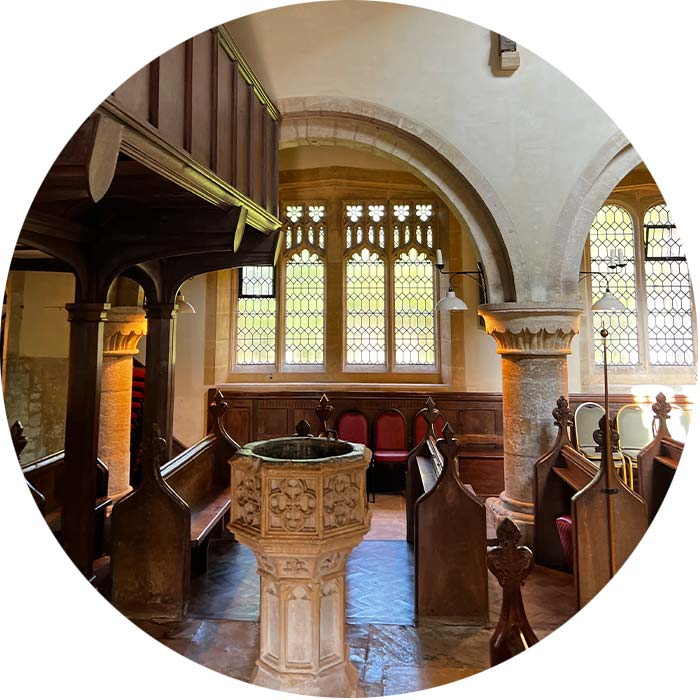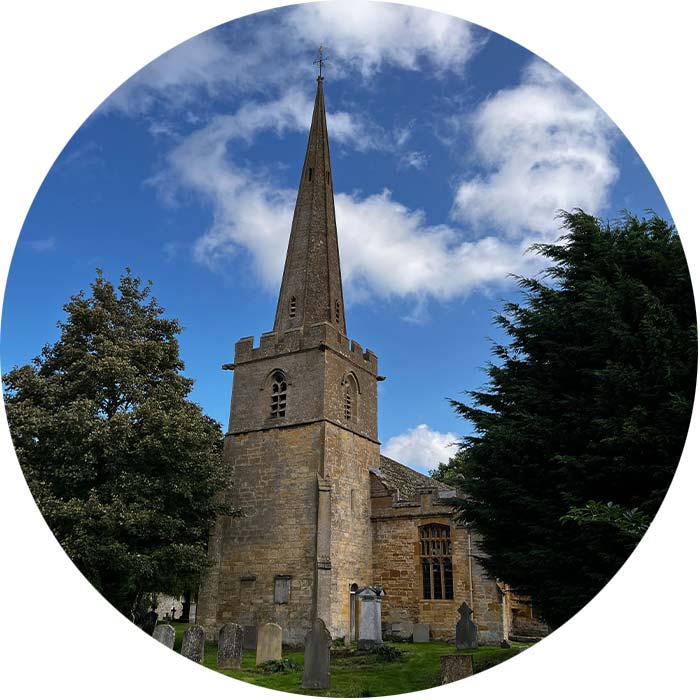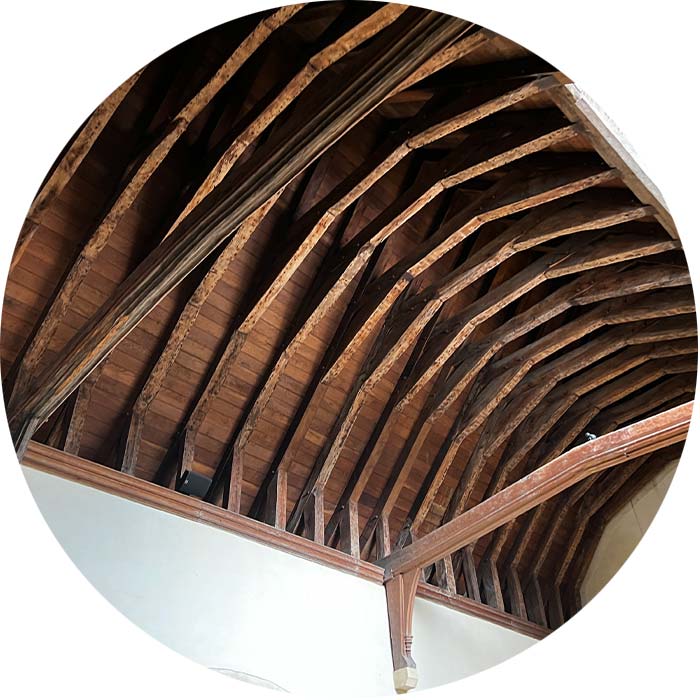
Conservation Architects in Gloucestershire
St. Michael and All Angels Church, located in the picturesque village of Stanton in Gloucestershire, is a site steeped in history and spirituality. The church's origins can be traced back to the 12th century, a testament to the enduring presence of Christian worship in this corner of rural England.
This architectural gem, with its distinctive medieval design and impressive stonework, has served as a focal point for both religious and community life throughout the centuries. Its notable features include a Norman doorway and an exquisite medieval font, offering a glimpse into the skilled craftsmanship of its time.
Stanton Church has witnessed countless generations of residents, celebrating marriages, baptisms, and farewells. With its charming location in the heart of the Cotswolds, this church has become a cherished landmark for locals and a draw for visitors seeking both spiritual solace and historical insight. As the sands of time continue to shift, the St. Michael and All Angels Church remains a testament to the enduring legacy of faith and the significance of its place within the community.
Project Information
Client: St. Michael and All Angels PCC
Listed: Grade I
Construction Date: 13th Century
Location: Gloucestershire
Diocese: Gloucester
Status: Inspecting Architect


St. Michael and All Angels Church | Inspecting Architect
Working on old buildings, especially historic churches like St. Michael and All Angels in Stanton, is a profound pleasure for us as architects. These venerable structures are more than just stone and mortar; they are living links to the past, carrying centuries of history and a sense of timelessness. The opportunity to work on such buildings is an architect's chance to play a role in the preservation of cultural heritage and the continuation of a sacred legacy.
Old churches, in particular, provide a unique canvas for architectural creativity. The challenge of respecting and restoring the original design while incorporating modern elements is a delicate art. It involves a deep appreciation for the craftsmanship of earlier generations and a commitment to ensuring these spaces continue to serve their communities.
The satisfaction of breathing new life into these historical treasures, preserving their architectural and spiritual significance, and witnessing them adapt to contemporary needs is a source of immense pride for architects. It's not merely a profession but a calling to be stewards of our shared history, blending the old with the new in a harmonious way that pays homage to the past while embracing the future.





